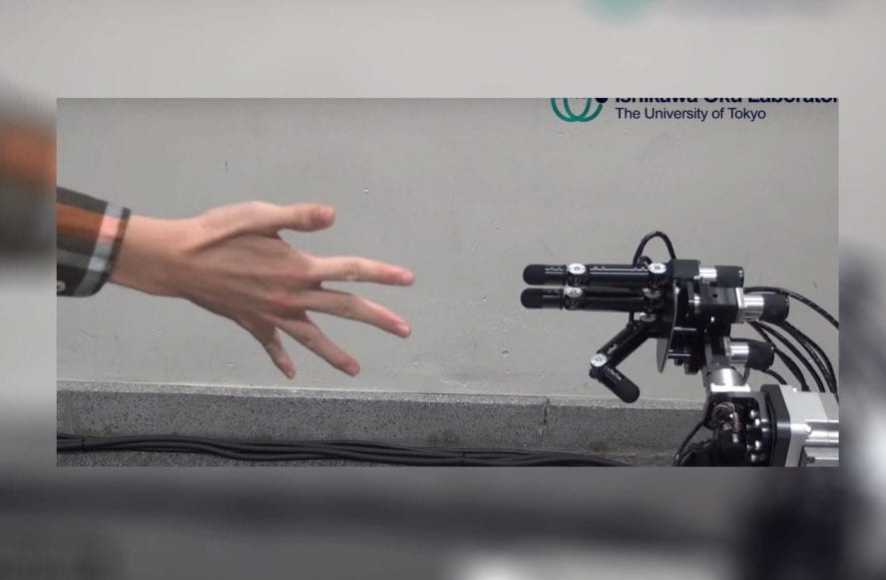The machines are making it difficult for us in something that has always been our domain and that we love- winning games, being the champions. At the moment they have not beaten us in the StarCraft, but in poker, chess, Go and now someone has invented a robot that always wins us stone-paper-scissors. We are in the robot revolution.
It is not that the robot cheats as we saw with the pillería that artificial intelligence managed to develop to win in video games, but it does play with some advantage because the trick is to anticipate very little human play. That is, it is based on what is predictable in our game and on the recognition capacity that robots can achieve thanks to current technology, but better to see it in action.
It’s not a matter of tactics, it’s a question of speed
The idea could not come from somewhere other than Japan (never disappoint), specifically from the University of Tokyo. Explain the authors in the publication of their work that they have developed a robot that wins 100% of the time the game stone-paper-scissors, but yes, with a little ace in the sleeve thanks to technology.
How can you always win at such a random thing without getting into our minds? Because prediction is more a consequence than anticipation since it is done according to the shape that the human hand takes after the account that is made before showing the stone, paper or scissors or even without it, taking approximately one millisecond.
They made several versions improving the time the robot takes to show their play, so they were cutting it to finally achieve that victory. They began with a delay of 20 milliseconds with respect to the human response and shortened until the robot showed its play practically at the same time, incorporating in a third version the high-speed tracking technologies “1ms Auto Pan-Tilt” and “Lumipen 2”, which are those that recognize at great speed the shape of the human hand and improve the synchronization between both movimirntos, as they explain.
Although it may seem only a funny experiment, the idea is that this ultimately has an application in robotics support in the performance of tasks or movement, especially thinking of industries where it is complicated to integrate automation by cost or because of the type of task or place is more complex. We will see what all this is, especially in order to be beneficial for human beings, but for now, we are left in that the robots have won another assault in what refers to games.

